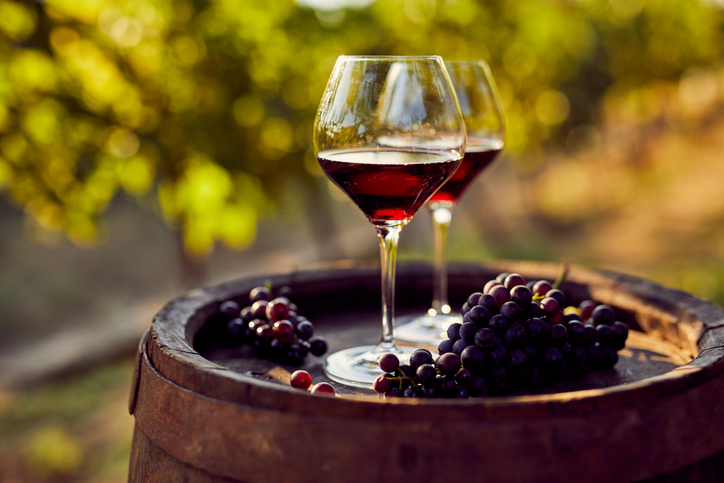Wine, the timeless ambrosia, has woven its way into our hearts for centuries. This magnificent beverage possesses the remarkable power to transport us through time and space, with each bottle encapsulating a unique tale of craftsmanship.
Winemaking, an exquisite blend of science, art, and tradition, wine tours is a journey you must embark upon. Together, we’ll delve into the intricate steps and techniques that turn ordinary grapes into the divine elixir we know and love.
Step 1: The Grape Harvest
Our journey through the winemaking process commences amidst the vineyard, where skilled vintners exercise great care in choosing the perfect moment to harvest the grapes. Timing is of the essence; too early, and the grapes may lack ripeness, while waiting too long risks over ripeness.
The grapes are meticulously handpicked, ensuring that only the finest clusters are selected. This labor-intensive step plays a pivotal role, for the quality of the grapes lays the cornerstone for the wine’s unique character.
Step 2: Crushing and Pressing
Following the grape harvest, we enter the crushing and pressing phase. Here, the grape skins are ruptured, allowing the precious juice to flow freely. Traditional winemakers may opt for wooden or stone presses, while modern techniques employ mechanical presses.
The result of this process is known as “must,” a liquid treasure trove containing the essential components for fermentation: sugars, acids, and an array of flavor compounds.
Step 3: Fermentation
The true enchantment of winemaking unfolds during fermentation. The must is carefully transferred into fermentation vessels, which could be stainless steel tanks, wooden barrels, or even concrete tanks.
Yeast, whether naturally occurring or intentionally introduced, performs its magic, converting the sugars within the must into alcohol and carbon dioxide. The duration of this process varies, ranging from a few days to several weeks, depending upon the specific wine being crafted.
Step 4: The Art of Aging
Once fermentation concludes, the wine often undergoes the aging process. It’s during this stage that the wine may be transferred into oak barrels. The type of oak and the length of aging exert a profound influence on the wine’s flavor and aroma.
Some wines require only a few months of aging, while others, such as fine red wines, demand years. Throughout this period, the wine matures, developing its complexity and personality through interactions with the wooden vessel and intricate chemical changes.
Step 5: Bottling the Magic
After aging, the wine undergoes meticulous filtration and may be subject to blending with other wines to achieve the desired flavor profile. It is then carefully bottled, often sealed with a cork or a screw cap.
The bottling process demands precision to safeguard the wine’s integrity. Once sealed, the wine stands ready for distribution and consumption.
Conclusion:
Winemaking is a testament to passion, a harmonious interplay between science and art, tradition, and innovation. It’s a journey that transcends boundaries, cultures, and epochs.
Also, wine tours offer a firsthand glimpse into the winemaking process, allowing you to connect intimately with the heart and soul of this remarkable industry. And if you harbor concerns about safety during your travels, it’s wise to consult the latest crime rate travel report to make well-informed decisions and ensure a worry-free experience.




